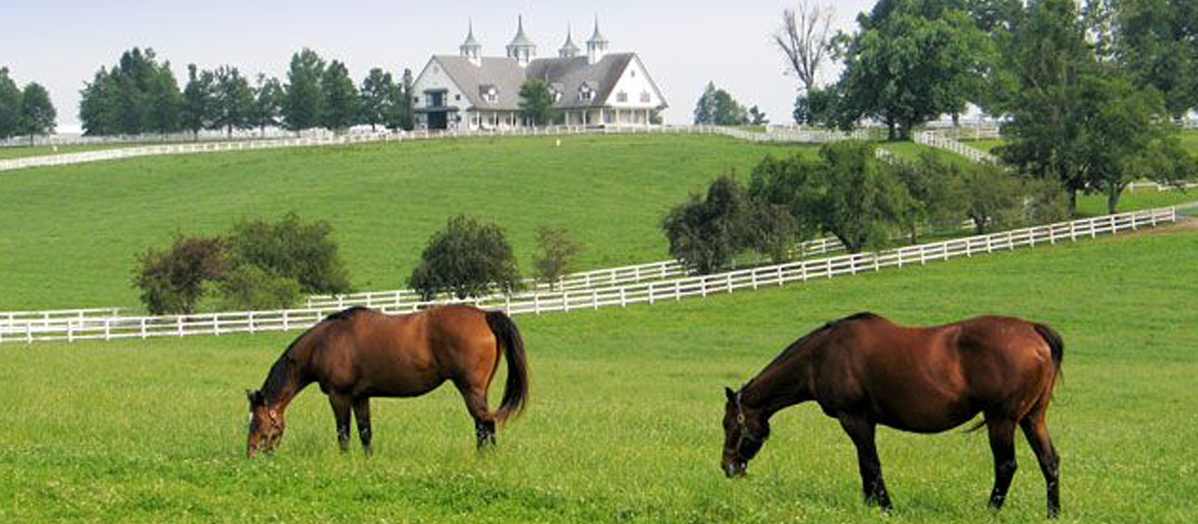365
Days in Horse Country – Poisonous Plants
It’s a myth that horses won’t eat plants that aren’t good
for them. In most cases, horses can’t
tell the difference between a toxic plant and a safe one. And a horse that is very hungry will eat any
plant he comes across, regardless of its smell or taste.
It’s your job as a horse owner to protect your horse from toxic plants by keeping these weeds out of your horse’s pasture. Or, if you are trail riding, keep your horse from snacking on this potentially deadly flora.
Here are just a few common plants that are toxic to horses.
- Azalea (Rhododendron)
- Black Walnut (Juglans Nigra)
- Boxwood (Buxus)
- Buckwheat (Fagopyrum Esculentum)
- Buttercup (Ranunculus)
- Castor Bean (Ricinus Communis)
- Cotton (Gossypium)
- Fern Palm (Cycas Circinalis)
- Round Ivy (Glechoma Maculatum)
- Hydrangea (Hydrangea)
- Indian Paintbrush (Castilleja)
- Lantana (Lantana)
- Mesquite (Prosopis)
- Milkweed (Asclepias)
- Oleander (Nerium Oleander)
- Red Maple (Acer Rubrum)
- Tabacco (Nicotiana)
- Wild Cherry (Prunus Avium)
Some of these plants cause digestive disturbances when eaten in small quantities, while other can result in death if ingested. Make certain that your horse stays clear of these plants. If you suspect that your horse has eaten a toxic plant, contact your veterinarian immediately.
Michael







